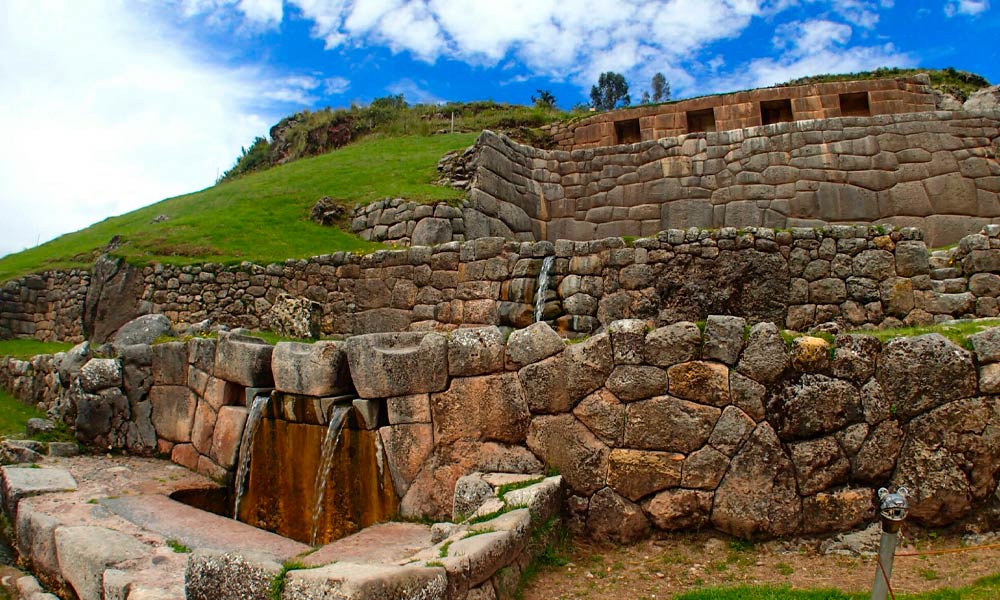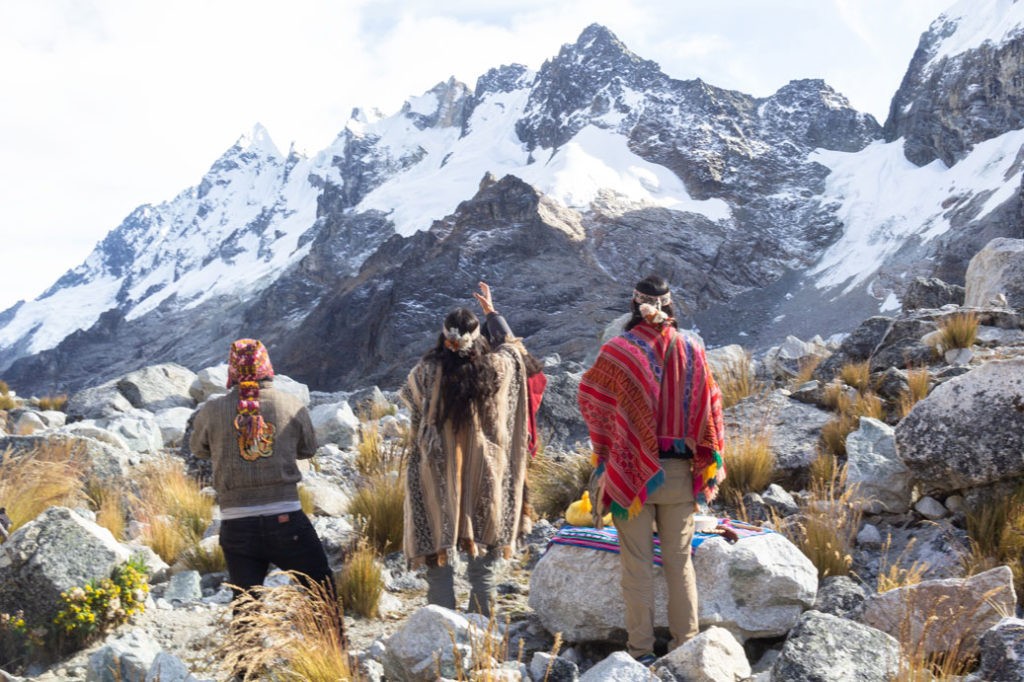A land of awe-inspiring landscapes, ancient civilizations, and rich cultural traditions, holds a profound connection to its ancestral rituals in Peru. One of the most captivating aspects of this country is its reverence for age-old rituals and ceremonies. As you journey through the heart of Peru, you’ll find that the past is not merely a chapter in history books; it’s a living, breathing force that continues to shape the country’s spiritual identity. Join us on a captivating voyage to explore the mysticism and enchanting rituals that have thrived in Peru for centuries.
Inti Raymi: Homage to the Sun God
Our odyssey into Peru’s ancestral rituals begins with the grandest of them all – Inti Raymi, the Festival of the Sun. Rooted in the spiritual heart of the Inca civilization, this ritual is celebrated with fervor on June 24th each year in Cusco. It’s a mesmerizing pageant where participants dress in intricate, colorful costumes to pay homage to Inti, the Sun God. This ceremony, characterized by vibrant dances, melodious music, and a dramatic reenactment of Inca rituals, commemorates the winter solstice, a time of profound significance for the Inca people.
San Pedro and Ayahuasca: Doorways to the Spiritual Realm
Peru is renowned for its potent entheogenic plant-based brews – San Pedro and Ayahuasca. San Pedro, a cactus native to the Andes, and Ayahuasca, a powerful brew made from the Banisteriopsis vine, have been utilized for millennia by indigenous communities for spiritual awakening and healing. Seekers from around the world come to Peru to partake in Ayahuasca and San Pedro ceremonies, often led by experienced shamans. These rituals provide profound, often life-changing, spiritual experiences and are seen as a way to connect with higher realms and receive guidance from the spirit world.
Q’ero Shamans: Guardians of Andean Cosmology
The Q’ero people, a high-altitude community in the Andes, have preserved ancient Andean rituals and shamanic traditions. Q’ero shamans, known as paqos, act as intermediaries between the human realm and the spirit world. They perform rituals and ceremonies designed to restore harmony and balance to individuals and the community. One of their most well-known rituals is the despacho, an offering to the Earth and the spirits, constructed from a beautiful arrangement of natural materials. Participating in a despacho ceremony is a transformative experience that provides insight into Q’ero spiritual traditions.
Pachamama Worship: Honoring Mother Earth
Pachamama, the revered Earth Goddess in Andean cosmology, is central to many Peruvian rituals. The Andean people believe that Pachamama provides for their needs and sustenance, and as such, she must be honored and respected. In Cusco, it’s not uncommon to witness rituals where offerings of coca leaves, corn, and other sacred items are buried in the earth, a practice that strengthens the connection between humans and the natural world. These ceremonies often include the symbolic sharing of chicha, a traditional corn beer, among participants.
Semana Santa: Easter in Ayacucho
Semana Santa, or Holy Week, is celebrated with unique fervor in Ayacucho, a city known as the “Capital of Folk Art and Culture.” During this week, the city comes alive with processions, music, and rituals, marking the Passion, Crucifixion, and Resurrection of Jesus Christ. The most significant procession, La Resurrección, is celebrated with a large symbolic urn known as the “Huachamama” and a grand procession through the city streets. It’s a powerful representation of spiritual devotion and a vibrant testament to the fusion of Andean and Catholic beliefs.
Fiesta de la Virgen de la Candelaria: Dance of the Devil and the Virgin
In Puno, along the shores of Lake Titicaca, you’ll find one of Peru’s most colorful and vibrant festivals – the Fiesta de la Virgen de la Candelaria. A unique blend of pre-Columbian, colonial, and Catholic traditions, this festival showcases lively dances, ornate costumes, and magnificent processions. Of particular note is the “Diablada,” or Dance of the Devil, which is not only a display of impressive mask work and elaborate costumes but also carries deep spiritual significance. It is a testament to the unification of indigenous traditions with Christian elements.
Wachuma: The Visionary Cactus
Wachuma, another sacred cactus like San Pedro, is also used in shamanic rituals. It’s known for its visionary properties and is used to promote spiritual insight and healing. Like Ayahuasca, participating in a Huachuma ceremony often leads to profound spiritual revelations and a deep sense of interconnectedness with the cosmos. These ceremonies are performed by experienced shamanic practitioners who guide participants on their spiritual journey.
Nazca Lines: A Message to the Cosmos
The Nazca Lines, a collection of enormous geoglyphs etched into the Nazca Desert, are often considered one of Peru’s greatest mysteries. These massive drawings of animals, plants, and intricate patterns were created over 2,000 years ago and remain visible today. Their purpose remains the subject of debate, with some suggesting their spiritual significance. Whether intended as messages to the gods or celestial calendars, the Nazca Lines are a testament to the profound relationship between ancient civilizations and the cosmos.
Lord of Huanca: A Sacred Pilgrimage
Each year, thousands of pilgrims make their way to the sanctuary of the Lord of Huanca, near Cusco. This pilgrimage, undertaken during Holy Week, is a powerful act of faith and devotion. Pilgrims journey on foot to reach the sanctuary, where they seek healing, guidance, and spiritual renewal. The image of the Lord of Huanca is believed to perform miracles, and the pilgrimage is both a religious and mystical experience.
Peru’s Enduring Spiritual Heritage
Peru’s ancestral rituals serve as a bridge between the past and the present, offering a glimpse into the spiritual wisdom of ancient cultures. Whether it’s celebrating the Sun God during Inti Raymi, partaking in Ayahuasca ceremonies, or honoring the Earth Goddess Pachamama, these rituals provide a profound connection to the spiritual essence of Peru. In this land of ancient mysticism, the rituals continue to thrive, reminding us of the enduring spiritual heritage that enriches this remarkable country.









